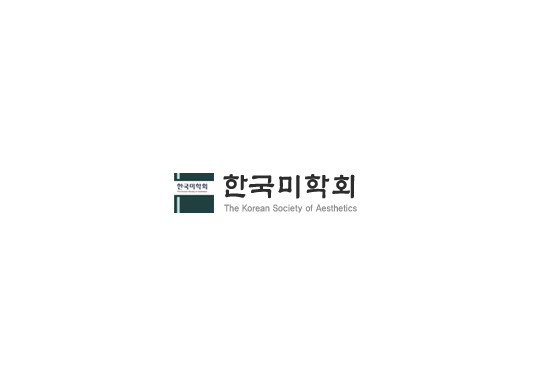토마스 아퀴나스의 정념론 – 정념의 정의와 분류를 중심으로
Thomas Aquinas’s Definition and Classification of the Passions
김율
대구가톨릭대
美學(미학)
2024, vol.90, no.4, pp. 1-30 (30 pages)
한국미학회
초록
본 논문의 목적은 정념의 정의 그리고 정념의 분류에 대한 토마스 아퀴나스의 이론을 분석하는 것이다. 토마스의 정념 개념은 ‘영혼적 수동’으로 정의될 수 있다. 그리고 영혼적 수동이 속하는 직접적 주체는 감각적 욕구능력이다. 감각적 욕구의 운동으로서의 정념은, 신체적 느낌이나 반응과 구별되는 인지적, 평가적 성격을 지닐 뿐 아니라, 신체적 변화를 수반하고 외적 행위의 원리가 될 수 있다는 점에서 신체적, 동인적 성격을 지닌다. 한편, 토마스는 대상에 따라 감각적 욕구를 욕망적 욕구와 분노적 욕구로 구별하고, 경향, 운동, 휴식의 작용 단계에 따라, 그리고 대상으로의 다가섬과 물러섬이라는 기준에 따라 정념을 11가지(사랑, 욕망, 즐거움, 미움, 꺼림, 고통, 희망, 절망, 두려움, 담대함, 분노)로 분류한다.
The aim of this paper is to examine Thomas Aquinas’s theory regarding the definition and classification of passions. Thomas defines passion as ‘passio animalis.’ The immediate subject to which passion belongs is the sensitive appetitive power. Characterized by its role in the sensitive appetite’s movements, passion displays cognitive and evaluative traits that differentiate it from mere bodily sensations or reactions. Moreover, it possesses physical and motivational features as it correlates with bodily changes and can become a principle of external action. Additionally, Thomas differentiates the sensitive appetite into concupiscible and irascible appetites based on their objects, and classifies passions into 11 types (such as love, concupiscence, pleasure, hatred, aversion, pain, hope, despair, fear, daring, and anger) according to the phases of inclination, movement, and rest, as well as the criteria of approaching or retreating from the object.

